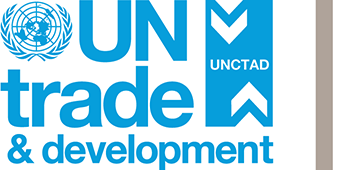KSR International Co. v. Teleflex Inc. et al., 550 U.S. 398 (2007)
This case concerned the condition of non-obviousness as a prerequisite for patentability. The Supreme Court of the United States (hereinafter: the Court) reinforced the objective analysis approach for applying 35 U.S.C. §103 (i.e. the domestic provision on non-obviousness) as it was established with the three determining factors in Graham v. John Deere.
